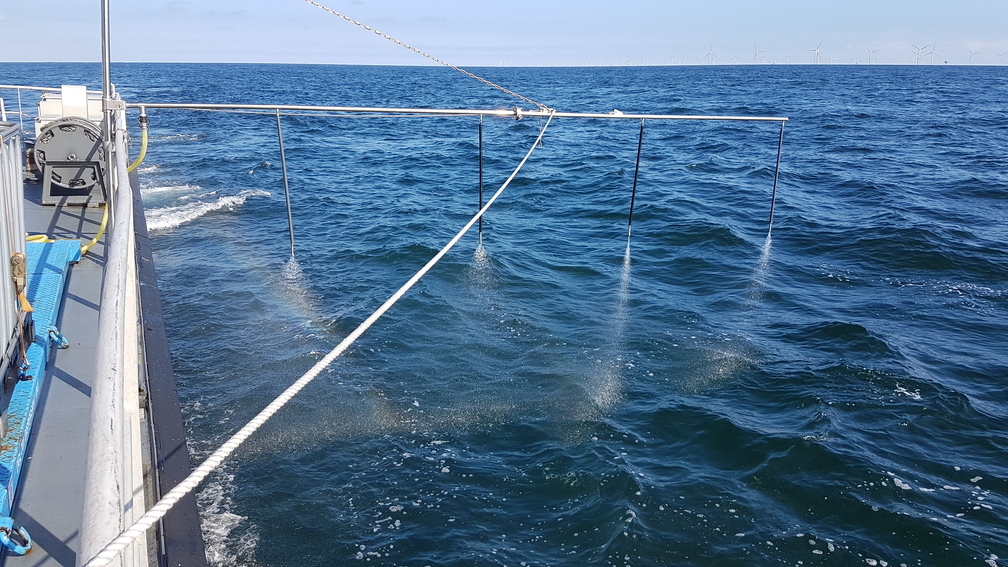On Tuesday 28 June 2022, an exercise took place at sea to clean up a simulated oil slick within the offshore wind farms. The purpose of this exercise was to test and optimise procedures, resources and inter-service cooperation in case of an oil spill at sea. The Marine Environment Service of the FPS Public Health coordinated the exercise with all the services involved. Deputy Prime Minister and Minister of the North Sea Vincent Van Quickenborne visited the ships. The Royal Belgian Institute of Natural Sciences contributed by providing aerial and modeling support.
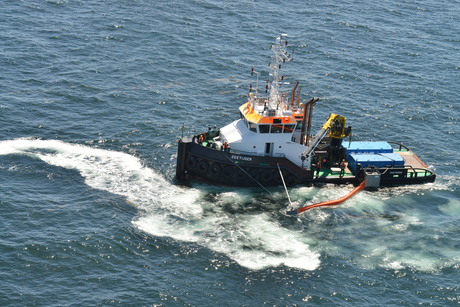
Fast response
The number of oil spills in the North Sea requiring clean-up has fallen sharply in recent years, and in 2021 not a single oil spill was detected in the North Sea. Regular aerial surveillance, vessel inspections and the monitoring of satellite images ensure a deterrent effect on illegal discharges. However, an accident is still possible and a quick response with anti-pollution agents is necessary to limit damage to the environment. The increasing transport of oil by water due to the war in Ukraine increases the risk of this type of incident.
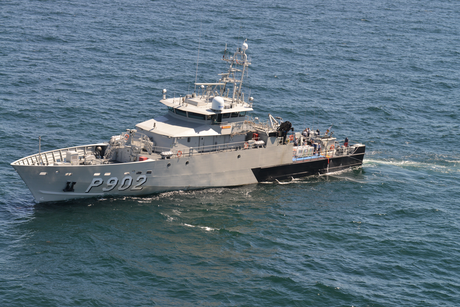
On land, at sea and in the air
For this exercise, a large oil slick was simulated with straw, which drifted into the Seastar and Nobelwind wind parks. The coastguard centre notified the Marine Environment Service, which started a clean-up operation. With the assistance of Rescue Zone 1 (Bruges-Ostend region), the material was transported to a vessel of the Navy and a vessel of DAB Fleet. Once installed, the vessels could set sail and start combating the incident on site. In the air, the aircraft of the scientific service Management Unit of the Mathematical Model of the North Sea (MUMM, part of the Royal Belgian Institute of Natural Sciences) kept an overview of the entire combat operation. In the meantime, this service created models to determine the origin of the oil and to predict where the slick was drifting to. These models made it possible to use targeted equipment, should it have been necessary to upscale.
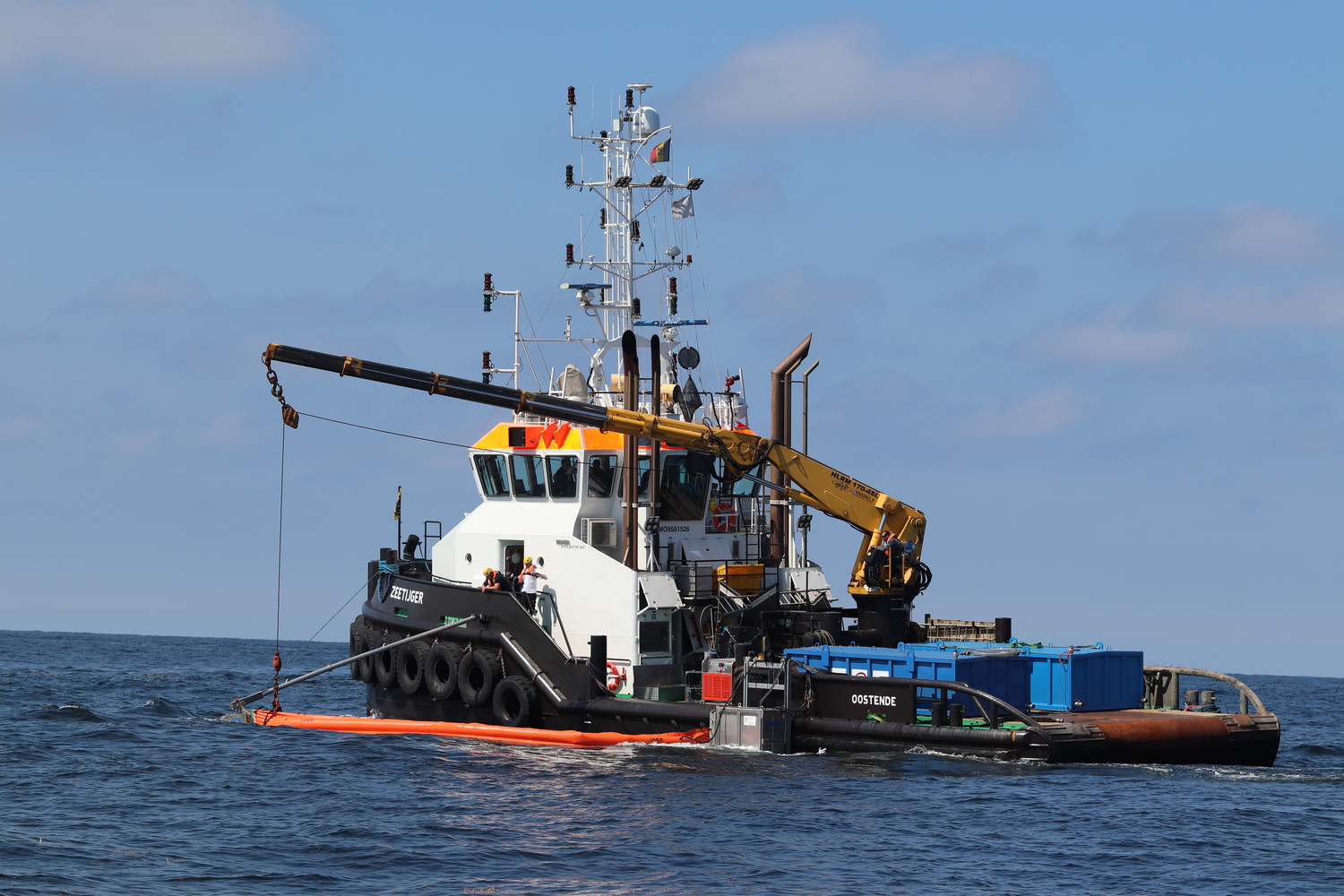
Control techniques
The technique that is initially used in the Belgian part of the North Sea is mechanical recovery. This means that the oil is collected and brought ashore for processing. If this tactic is not possible, a chemical agent can be sprayed on the oil to break it up into smaller droplets. These can be better cleaned up by nature with its self-cleaning ability. Putting a chemical dispersant into nature and leaving the oil in the water is not the first choice but can be used in emergencies, subject to a scientific consideration of pros and cons and approval by MUMM. Both techniques were tested in this exercise.
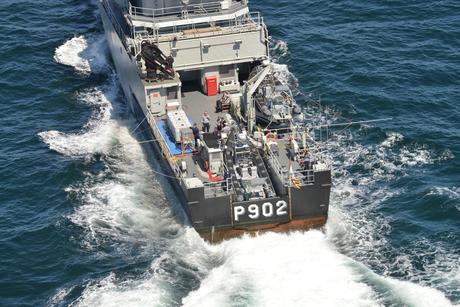
Smooth cooperation
This type of exercises are possible thanks to a solid cooperation between different partners. Agreements such as the one signed on 13 July 2021 between the Marine Environment Service, Civil Protection and Rescue Zone 1 and good relations between the coast guard partners contribute to the success of exercises and real combat operations.
Vincent Van Quickenborne, Deputy Prime Minister and Minister of the North Sea: “The North Sea is our largest nature reserve. We must protect it well. We do this by fighting air pollution and removing litter from the sea. But an accident happens quickly. Especially in one of the busiest marine areas in the world. Action must be taken quickly. Since last year, the Marine Environment Service, Civil Protection and Rescue Zone 1 (Bruges-Ostend region) have joined forces. This way, any pollution in the event of an incident can be dealt with quickly and efficiently.”
